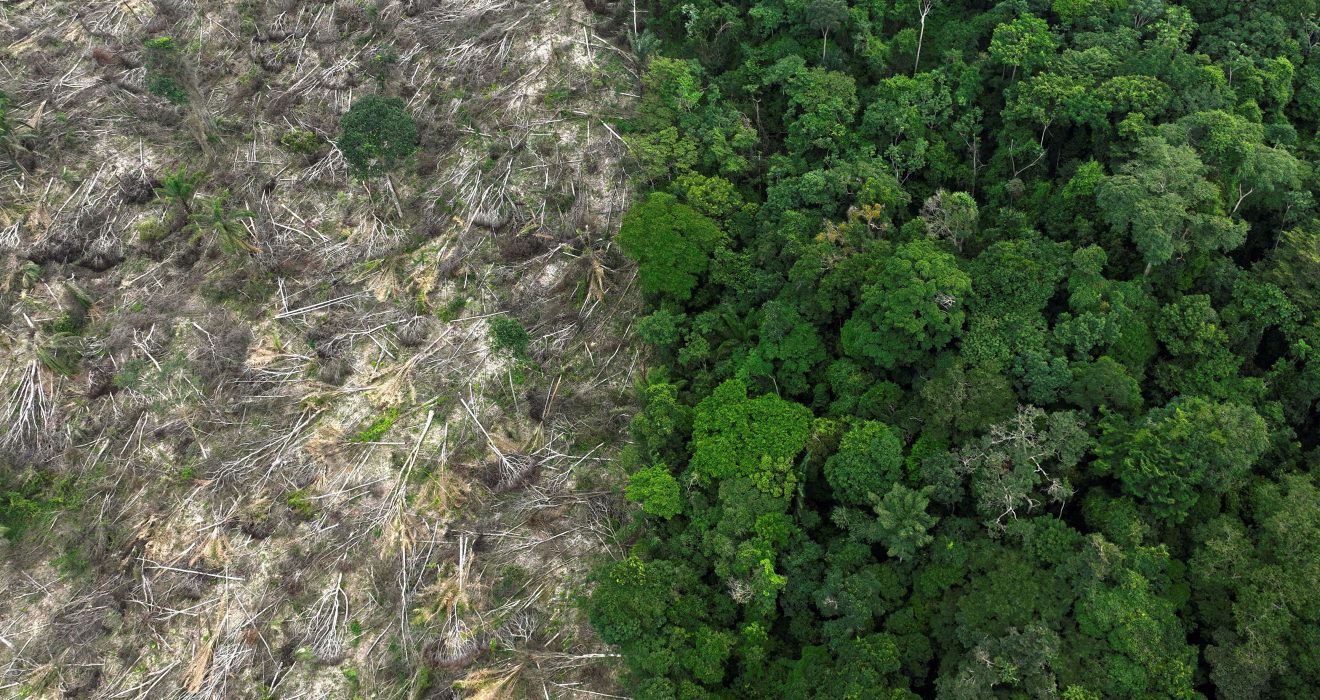In the heart of South America, Brazil stands at a critical crossroads, grappling with the intricate dance between economic prosperity and environmental preservation. The unfolding tale of deforestation in two of its ecological gems, the Brazilian Amazon and the Cerrado savanna, paints a nuanced picture of challenges and triumphs. The year 2023 brought a dichotomy in fortunes, revealing a stark reduction in deforestation rates in the Amazon, yet simultaneously witnessing a disheartening surge in the Cerrado.
Under the leadership of President Luiz Inacio Lula da Silva, the Brazilian Amazon experienced a momentous turning point, with deforestation halved, marking a notable victory for strengthened environmental policing. However, the jubilation is tempered by the distressing revelation that the neighboring Cerrado, a biodiversity hotspot intertwined with the Amazon, suffered a record annual loss of native vegetation.
This dynamic shift in environmental narratives is a testament to the delicate equilibrium Brazil seeks to strike between economic imperatives—particularly the thriving agribusiness sector—and the urgent need for environmental conservation. The political landscape, marked by Lula’s return to office and his commitment to climate action, adds a layer of complexity to the unfolding saga. As Brazil grapples with accusations of overlooking the Cerrado’s plight, the international community watches closely, recognizing that the choices made today will reverberate in the future balance of nature and progress in this diverse and ecologically significant nation.
Deforestation Half Challenge
In a noteworthy shift, deforestation in the Brazilian Amazon witnessed a significant reduction of 50% in 2023, marking a positive turn for the world’s largest rainforest. The policies enacted by President Luiz Inacio Lula da Silva’s government, particularly strengthened environmental policing, and played a pivotal role in curbing forest cover destruction. Satellite monitoring from the national space research agency’s DETER surveillance program detected this substantial decline, with 5,152 square kilometers of forest cover destroyed last year, representing a drastic drop from 2022.
A New Annual Record of Loss
While the Brazilian Amazon celebrated a notable victory, the adjacent Cerrado savanna experienced an alarming surge in deforestation. Clear-cutting in the Cerrado reached a disheartening new annual record, escalating by 43% from the previous year. The Cerrado, recognized as a biodiversity hotspot intricately linked with the Amazon, lost a staggering 7,800 square kilometers of native vegetation in 2023. This surge in destruction raises concerns about the vital ecosystem services provided by the Cerrado and its long-term sustainability.
Farming and Cattle Ranching
The destructive forces behind deforestation in both regions are predominantly attributed to farming and cattle ranching, which remain integral components of Brazil’s economic landscape. As the world’s top exporter of soybeans and beef, Brazil grapples with the challenge of balancing economic interests with environmental conservation. The agricultural industry, driven by powerful agribusiness entities, exerts significant influence on policymaking, posing a complex dilemma for the government.
Political Landscape
President Lula’s return to office in 2023 marked a significant political shift, promising a renewed commitment to environmental conservation. His vow that “Brazil is back” as a partner in the fight against climate change signaled a departure from the policies of the previous administration. The election outcome, where Lula defeated far-right incumbent Jair Bolsonaro, reflected a public desire for a more sustainable and environmentally conscious approach.
Accusations and Environmental Impact
Environmental groups have voiced concerns over the Lula government’s approach, accusing it of overlooking the destruction of the Cerrado to appease the influential agribusiness lobby. The neglect of the Cerrado, a lesser-known but ecologically vital region, raises questions about the government’s commitment to holistic environmental protection. Mariana Napolitano of WWF-Brazil highlighted the discrepancy, emphasizing the importance of addressing the challenges faced by the Cerrado ecosystem.
Balancing Gains and Losses
Despite the substantial reduction in Amazon deforestation, the combined impact of the Brazilian Amazon and the Cerrado resulted in a total area razed amounting to 12,980 square kilometers in 2023. While this reflects an 18% reduction from 2022, the figure underscores the ongoing challenges in achieving comprehensive conservation goals. Balancing gains in one region with losses in another emphasizes the need for a unified and holistic environmental strategy.
Future Directions: Navigating the Complex Nexus
As Brazil grapples with the intricacies of environmental conservation and economic interests, the path forward demands a nuanced approach. Striking a balance between sustainable agricultural practices, conservation efforts, and the aspirations of the agribusiness sector presents a complex challenge. The international community will be keenly observing how President Lula’s government navigates this intricate nexus, hoping for a sustainable future where economic prosperity coexists harmoniously with the preservation of invaluable ecosystems.
Conclusion
As the narrative of deforestation unfolds in Brazil, the contrasting tales of triumph and tribulation underscore the nation’s pivotal role in the global environmental discourse. The reduced deforestation in the Brazilian Amazon signifies a commendable step towards ecological preservation, while the Cerrado’s record losses serve as a poignant reminder of the intricate challenges ahead. President Lula’s return and commitment to climate action offer hope, yet accusations of neglecting the Cerrado highlight the delicate balance between economic interests and environmental stewardship.
Brazil stands at an environmental crossroads, beckoning a path that harmonizes economic prosperity with sustainable practices. The world watches with anticipation, recognizing that Brazil’s choices reverberate far beyond its borders. In this evolving odyssey, the nation’s commitment to holistic conservation will not only shape its future but contribute significantly to the global effort to preserve our planet’s invaluable ecosystems. The story of Brazil’s environmental journey is one of complexities, opportunities, and the shared responsibility to safeguard the Earth for generations to come.

